LG's smartphone legacy: every LG flagship Android phone
So long and thanks for all the smartphones

It's the end of the road for LG smartphones, but we'll always have the memories: the company released a whole host of mobile devices down the years, so we're going to take the opportunity to take a look back at some of the highlights of past LG flagships.
There are more of them than you might think – LG consistently released new models for its G series and V series phones every year, and there were plenty of variations and a few one-offs along the way, all the way up to the swivel-screen LG Wing launched in 2020.
- Check out the best Android phones on the market
- All the best smartphones you can get right now
Whether you've owned an LG handset in the past few years or not, join us on this trip down memory lane, as we start at the LG Optimus LG from 2012. You can chart a large part of the history of smartphones in general through the handsets that we've covered below.
We can't cover every single LG phone in this article – there have been a lot of them down the years, and a lot of variants too – so we'll focus on the main G series handsets with occasional diversions. Be sure to also check out some of our favorite older LG phones.
LG Optimus G (2012)
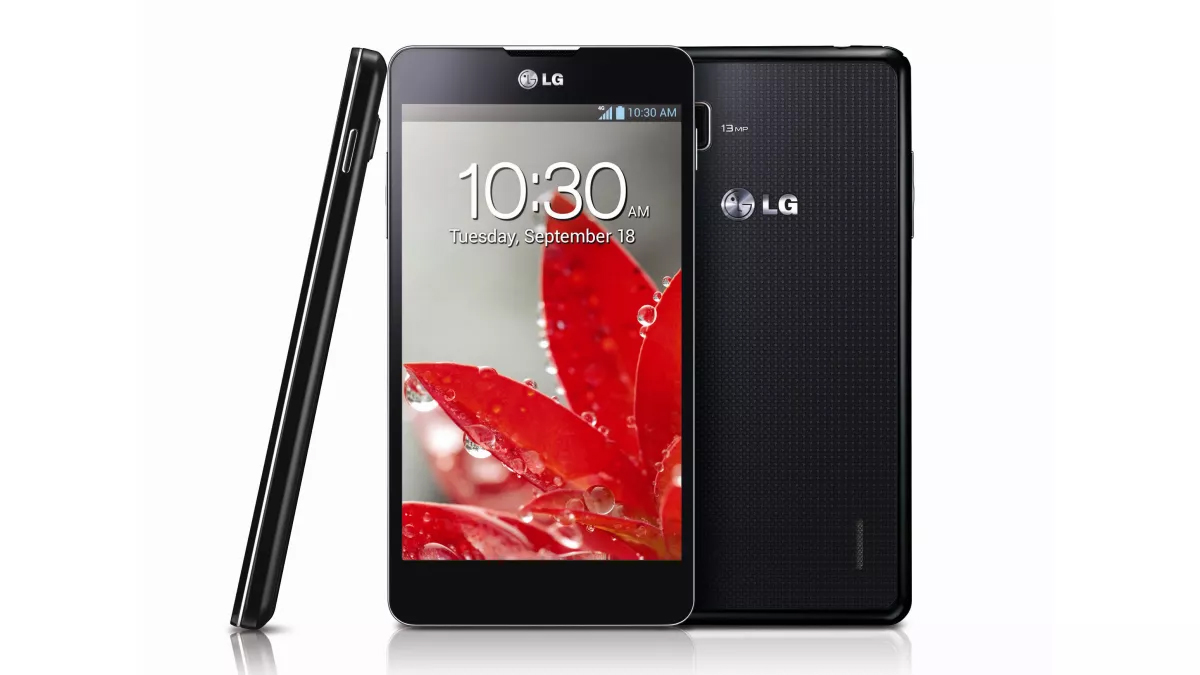
We start with the LG Optimus G in 2012, not the first Optimus-branded handset from the company, but the very start of the G series. It was well received and sold in substantial quantities too, and its look isn't drastically different from the smartphones of today.
Its internal specs are quite different from what we're used to now however, as you would expect – the LG Optimus G was powered by a Qualcomm Snapdragon S4 Pro, 2GB of RAM, and a maximum of 32GB of internal storage. There was a single-lens 13MP camera on the back for photo and video duties.
The phone came with a 4.7-inch, 768 x 1280 pixel display, and came running Android 4.0 Ice Cream Sandwich. Impressed by its design and its speed, we gave the phone 4 stars out of 5 in our review at the time.
Get daily insight, inspiration and deals in your inbox
Sign up for breaking news, reviews, opinion, top tech deals, and more.
LG G2 (2013)
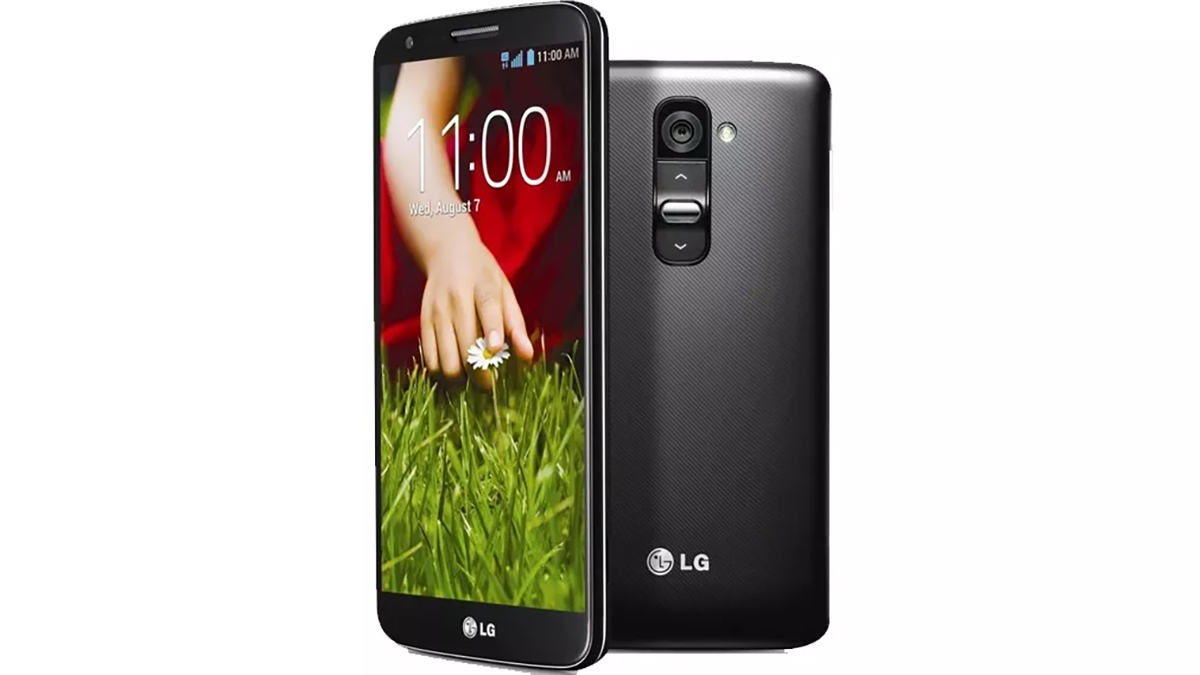
The LG G series began in earnest with the LG G2, which went up against the likes of the HTC One and the Samsung Galaxy S4 in 2013. We gave it 4.5 stars out of 5 in our review, very much liking the quality of the screen and the single-lens 13MP rear camera.
Under the hood we had the very first 800 series chip from Qualcomm, the Snapdragon 800. That was paired with 2GB of RAM and up to 32MB of internal storage, the same as on this handset's predecessor.
The screen size got a boost over the previous year's model, with LG upping it to a 5.2-inch, 1080 x 1920 IPS LCD screen – as we said, one of our favorite parts of the LG G2 experience. The phone came with Android 4.2.2 Jelly Bean on board, and you might remember there was also a mini version.
Nexus 5 (2013)
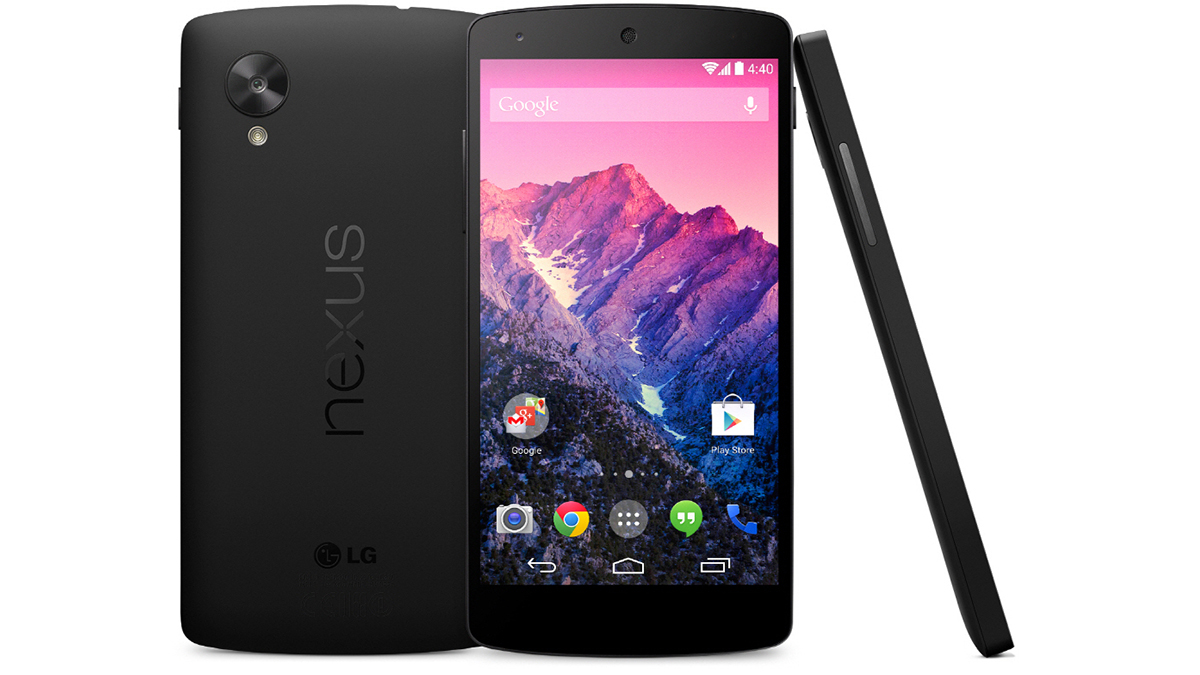
The Nexus 5 was sold by Google but manufactured by LG (as the Nexus 4 had been), so it gets a mention here. In the entire history of the Nexus/Pixel series, this could well be the highlight in terms of what you get in return for your money.
Despite being very affordable at the time, the Nexus 5 boasted a lovely 4.95-inch screen, a Snapdragon 800 processor, and great results in terms of photos and videos too. It also had a feature we very much miss – the full color notification light.
This being a Google-backed phone it had the very latest Android 4.4 KitKat software on board when it launched. It earned itself 4.5 stars out of 5 in our review back in 2013, with the handset's look, feel and speed marked out for special praise.
LG G3 (2014)
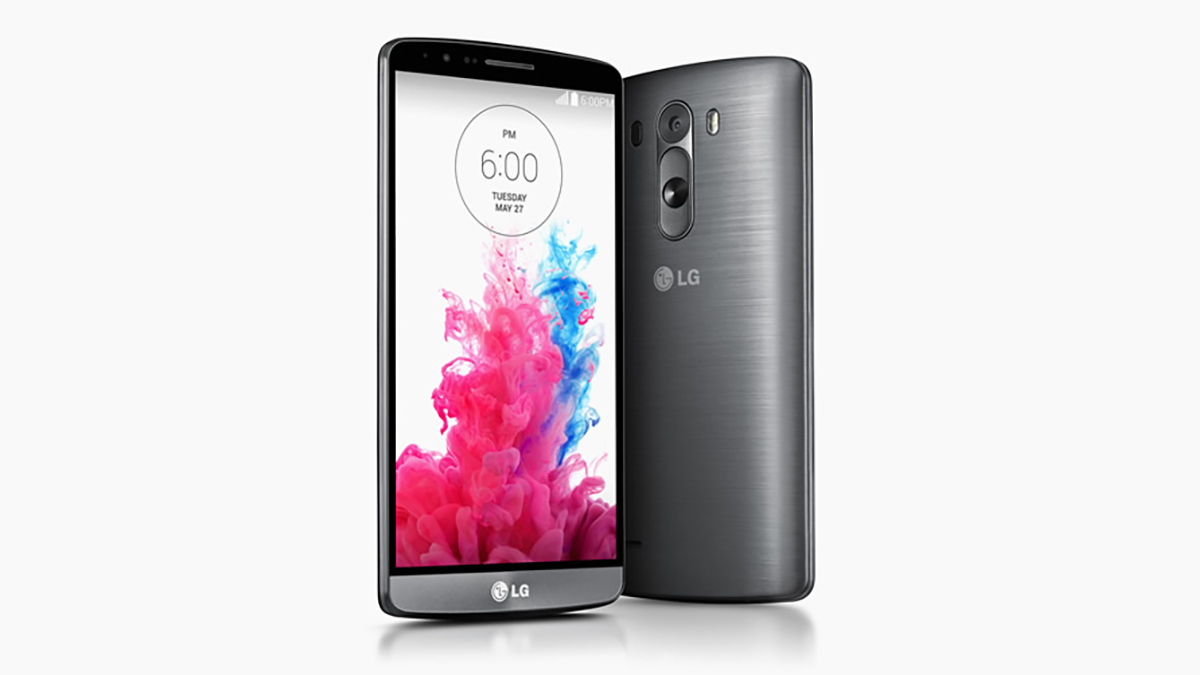
The LG G3 was a really, really good phone – this is around the peak of the LG G series, when it was still giving the likes of Apple and Samsung some serious competition. We awarded it 4.5 out of 5 stars in our review, with the display again one of the highlights.
This time around the display was a 5.5-inch, 1440 x 2560 pixel IPS LCD affair, which was large and very sharp for the time. LG has always excelled with its screens, whether we're talking phones or TVs, and the LG G3 fitted into that pattern. On the back of the phone was a single-lens 13MP rear camera, which was one of the first to use laser autofocus.
The handset came running Android 4.4.2 KitKat, the processor was upped to the Snapdragon 801, the maximum RAM option got a boost to 3GB, and again the internal storage topped out at 32GB. A cheaper LG G3 S was also available.
LG G4 (2015)
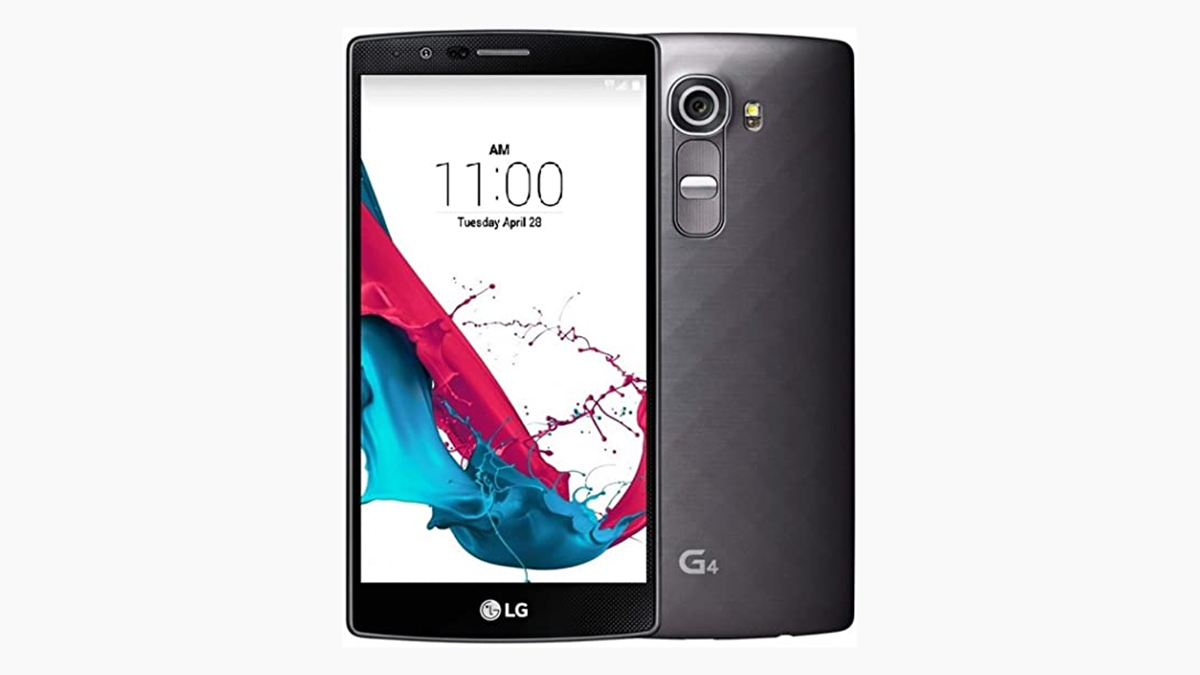
It was in 2015 that Samsung started to move away from removable batteries, but LG stuck with the idea with the LG G4. It also came running Android 5.1.1 Lollipop, and sported a 5.5-inch, 1440 x 2560 pixel IPS LCD display.
On the back there was a single-lens 16MP rear camera, while powering the whole show we had a Qualcomm Snapdragon 808 processor, 3GB of RAM and 32GB of internal storage out of the box, which isn't a huge upgrade on the previous year.
In our review we scored the phone 4 out of 5 stars, saying that it offered a lot in terms of its display, its camera, and its internal specs. This was the LG phone where several different back casing options were available, including a leather one.
LG G Flex 2 (2015)
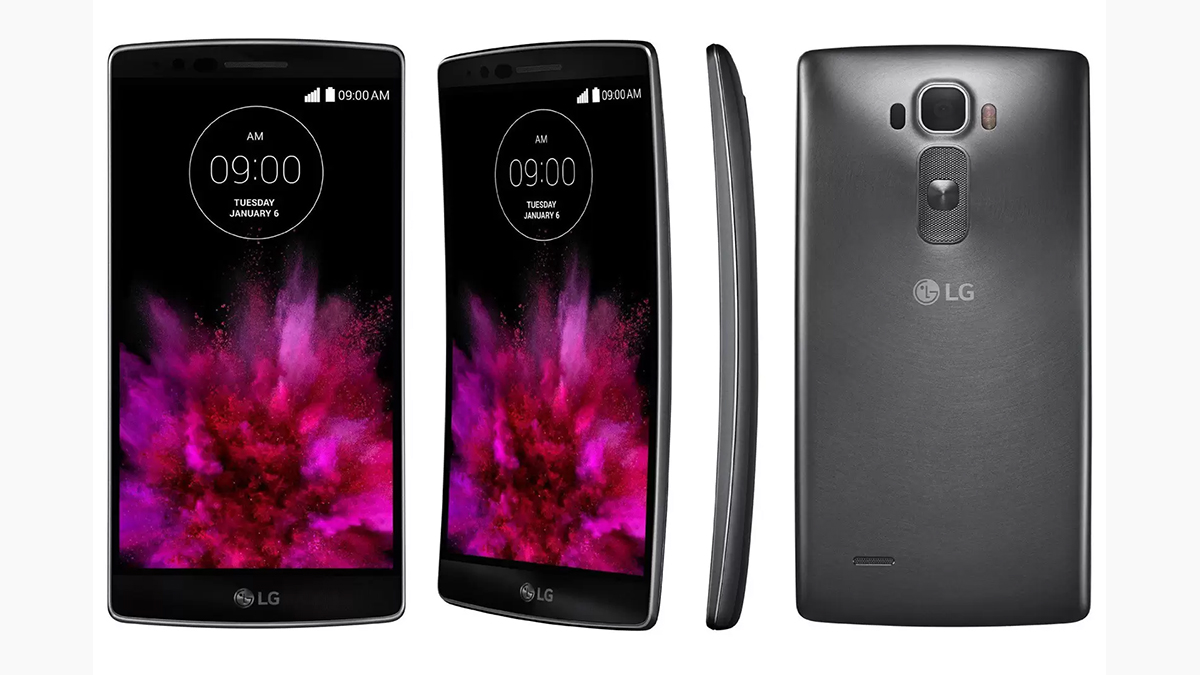
A quick diversion to the LG G Flex 2 from the same year as the LG G4. The first LG G Flex in 2013 was something of an experiment, but the LG G Flex 2 follow-up was a serious smartphone, with one rather unusual selling point in particular: a curved screen.
Long before Samsung and others were putting foldable screens on phones, LG was adding curved displays. In this case it was a 5.5-inch, 1080 x 1920 pixel curved OLED panel, while the other specs were along similar lines to the LG G4.
The curved screen idea never really took hold despite LG's best efforts, and we gave the smartphone 4 stars out of 5 in our review: "the LG G Flex 2 is both trendy-looking and powerful" we wrote at the time.
LG V10 (2015)
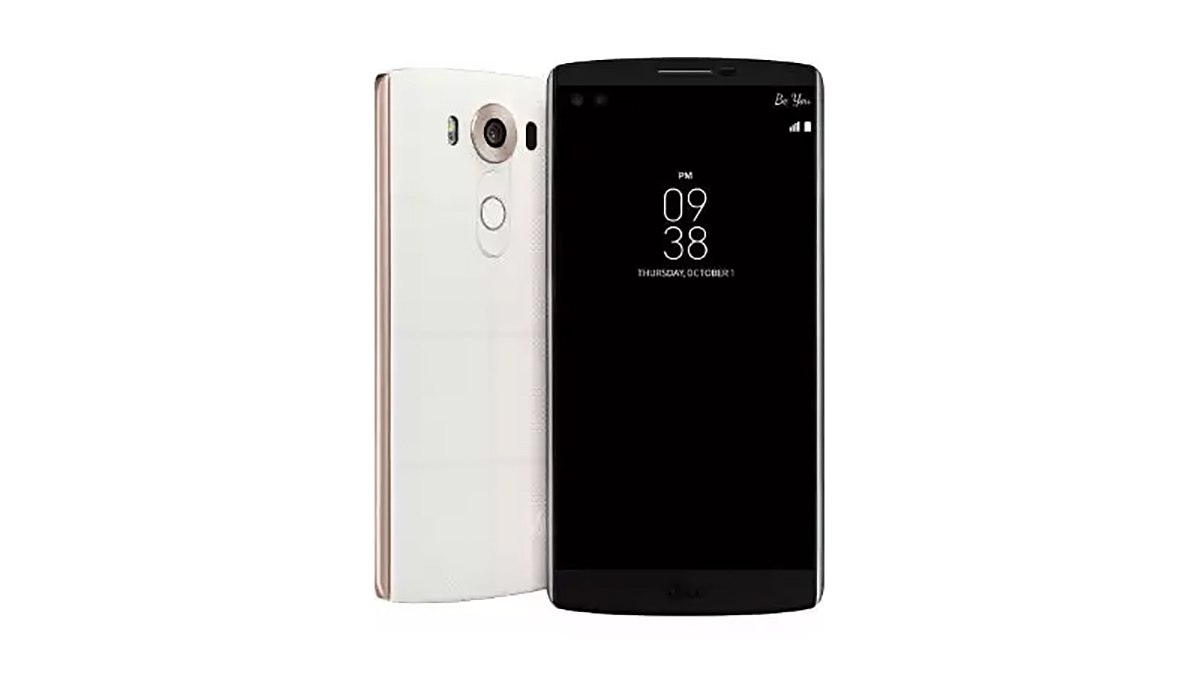
LG also kicked off the V series of phones in 2015. From the beginning, they tried to offer something a little different – in this case, a dual-lens selfie camera, wireless charging and a strange little secondary display above the first one.
That strip of a second display was intended for notifications and app shortcuts, and it was actually pretty useful. For its various innovations we gave the phone 4 stars out of 5 in our review, and the V series would go through a lot of evolutions over the years.
In terms of the bulk of the phone's features and specs, it was along similar lines to the LG G4, although it came with a slightly bigger screen – and perhaps significantly, it cost a lot more than the G series phone too.
LG G5 (2016)
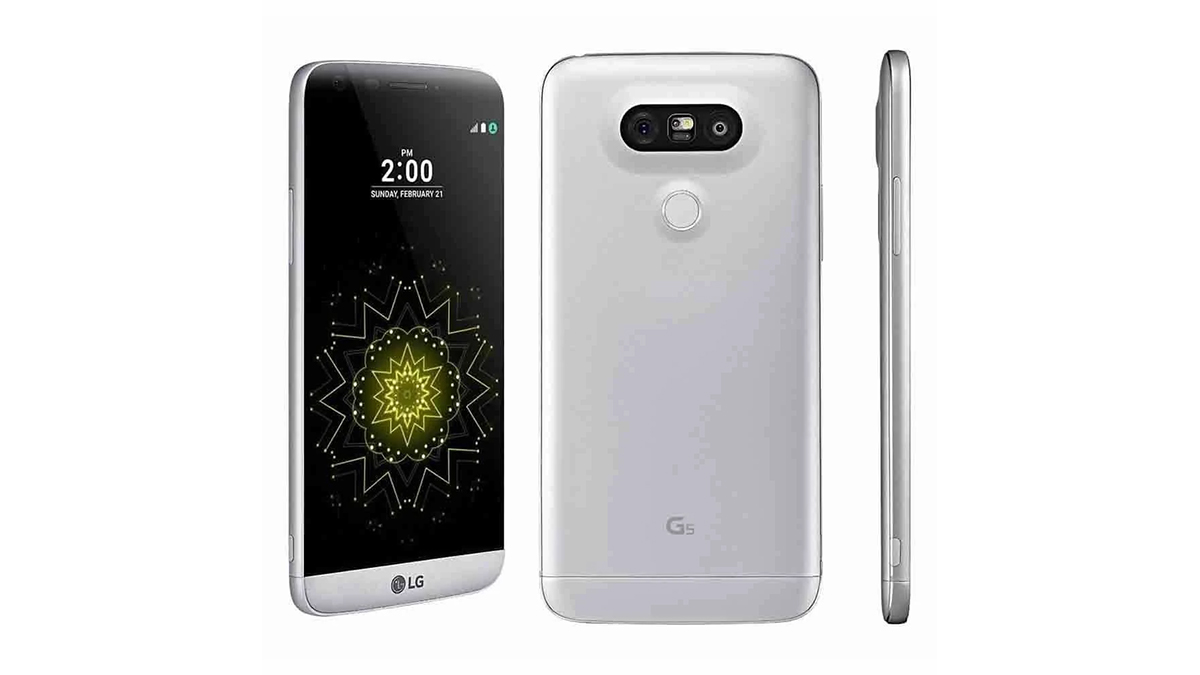
With the LG G5, LG bet big on a modular approach, with extra add-ons improving the audio quality, the camera capabilities, and more. It was a bet that never really paid off, although we did give the phone 4.5 stars out of 5 in our review.
Besides the add-on modules, the phone came with a Snapdragon 820 processor, 4GB of RAM and 32GB of internal storage. Around the back, photo and video duties were taken care of with a single-lens 16MP rear camera.
The LG G5 had a 5.3-inch, 1440 x 2650 pixel IPS LCD display panel which was, as usual for the G series, one of the highlights of the phone. In terms of the software, the handset arrived running Android 6.0 Marshmallow.
LG G6 (2017)
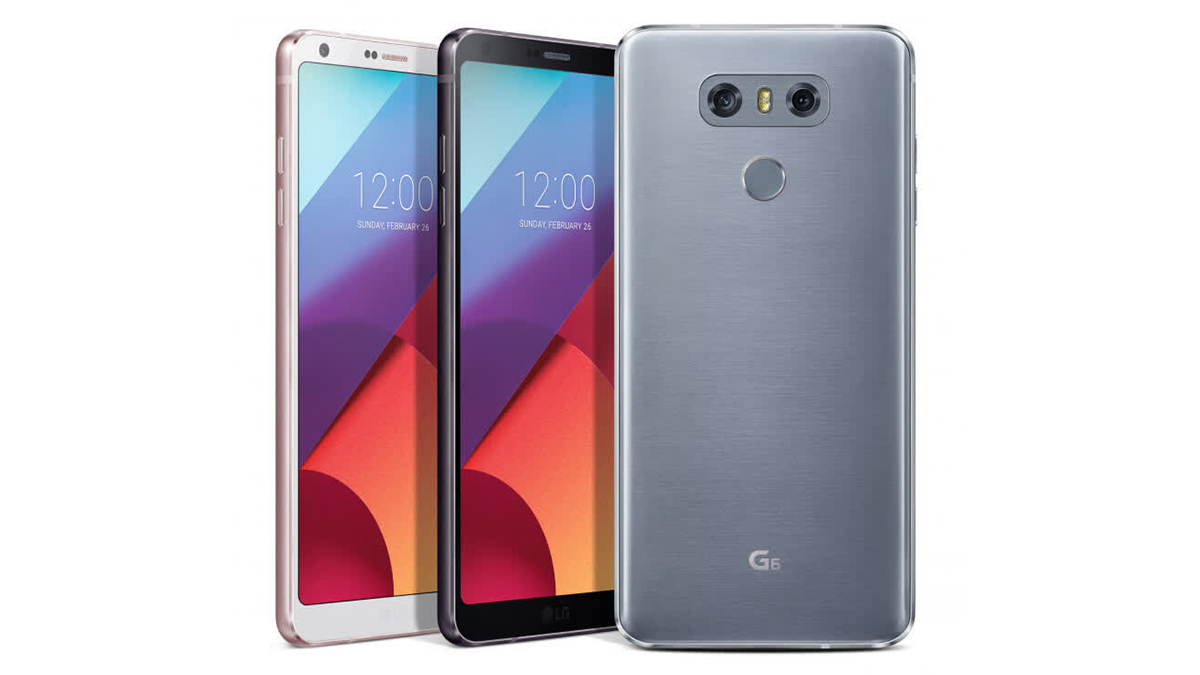
The LG G6 saw LG going back to smartphone basics, but in a premium way: the phone had a stunning 5.7-inch, 1440 x 2880 pixel IPS LCD screen with an unusual 18:9 aspect ratio, full IP68 waterproofing, and a minimal but stylish design.
The phone was powered with a Snapdragon 821 processor, 4GB of RAM, and up to 64GB of internal storage. The software on board was Android 7.0 Nougat, while the rear camera was a single-lens 13MP snapper.
In our review of the LG G6, we praised the screen (again) and the new look, awarding the handset a respectable 4 stars out of 5. There was also a slightly more powerful LG G6 Plus version that you might remember.
LG G7 ThinQ (2018)
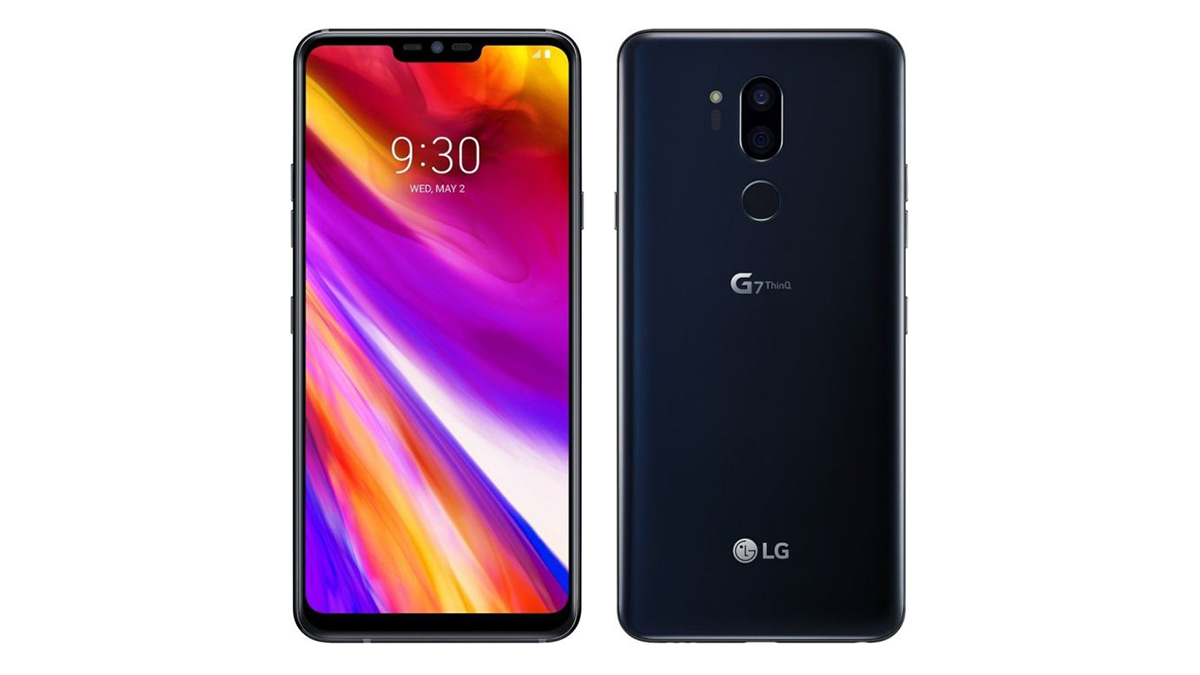
With the LG G7, we got the rather confusing ThinQ moniker for the first time on the G series (it had previously shown up on a V series phone). To this day we're not sure what purpose it's serving, but it's apparently something to do with artificial intelligence.
The LG G7 ran on a Qualcomm Snapdragon 845 processor, with up to 6GB of RAM and up to 128GB of storage – substantial upgrades from the previous year. There was a 6.1-inch, 1440 x 3120 pixel IPS LCD screen, and Android 8.0 Oreo on board. The rear camera was a dual-lens model for the first time on the G series: 16MP+16MP.
In our review, we suggested the LG G7 was a bit too safe and conservative for its own good – although, surprise surprise, we liked the display. We also liked the boombox speaker effect the phone could generate, giving it 3.5 stars out of 5 in total.
LG G8 ThinQ (2019)
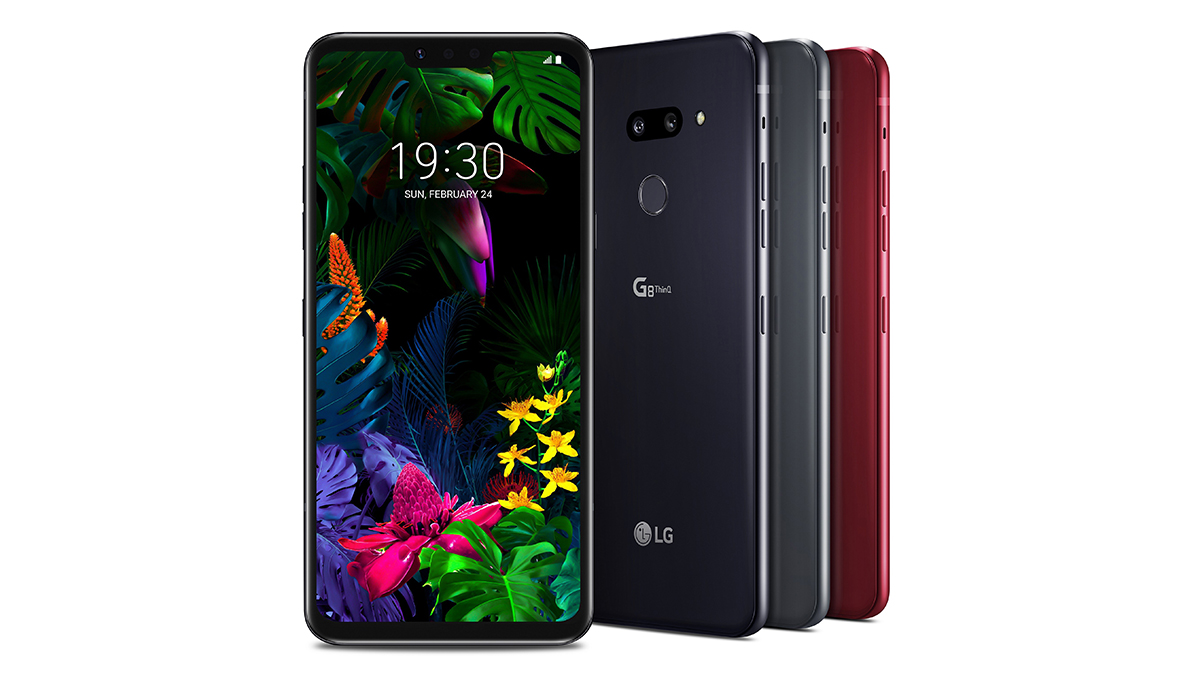
With the LG G8 ThinQ we got an OLED panel on an LG G series phone for the first time – a 6.1-inch, 1440 x 3120 pixel affair with a stretched 19.5:9 aspect ratio. We also had a Snapdragon 855 processor, 6GB of RAM and 128GB of internal storage.
The rear camera was a dual-lens 12MP+16MP model (in the US), and the software on board when the phone launched was Android 9.0 Pie. It also had a rather strange hand unlock feature that has never been seen since.
A great phone on paper, but somehow not enough to get LG back on track. In our review, we gave the handset 3 stars out of 5 and called it a device with "ambitious ideas that don't pan out" – which perhaps sums up the entire history of LG smartphones. It was the end of the line for the G series.
LG G8X ThinQ (2019)
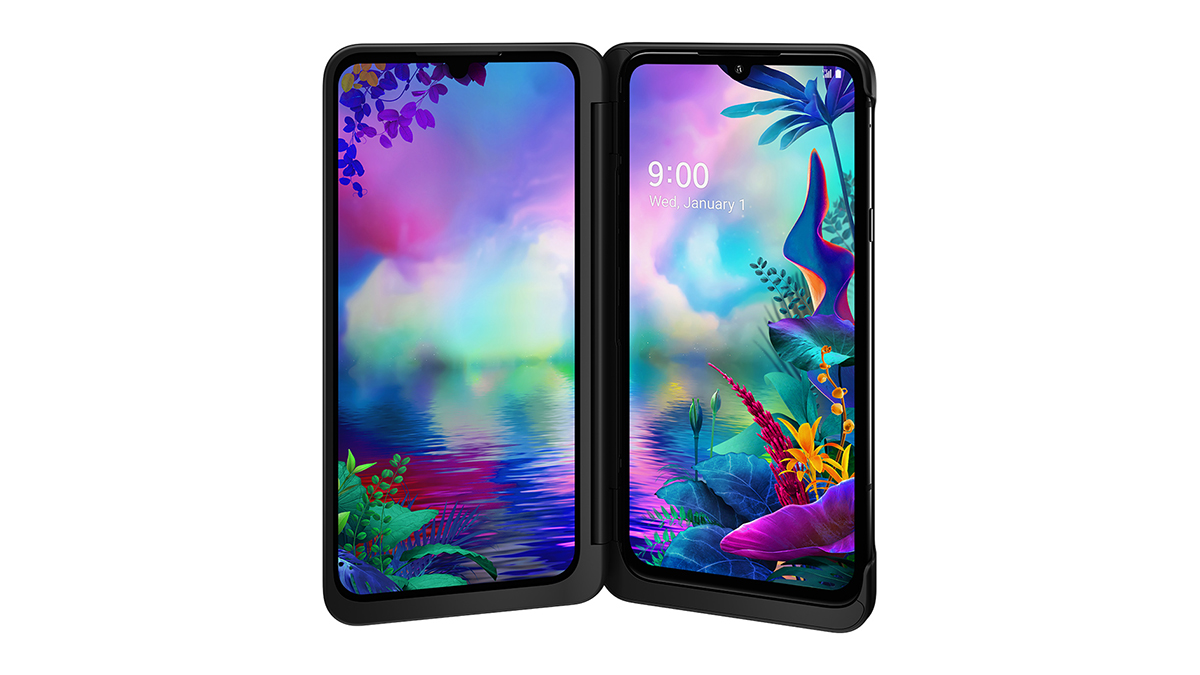
A quick mention of the LG G8X ThinQ before we say goodbye to the G series: it came with a dual screen accessory case that was in some ways an alternative to the pricey foldable phones that were starting to emerge, giving users double the room in terms of display.
As was often the case with LG phones, it was a nice idea that never fully worked in practice. In our review we gave the handset 4 stars out of 5, praising the various uses for the dual screen setup – like gaming – while admitting that they were pretty niche.
It's certainly hard to fault LG in terms of ideas. As far as the specs and features go, the phone was very similar to the main LG G8, although it came running newer software and had a bigger 6.4-inch display.
LG Velvet (2020)
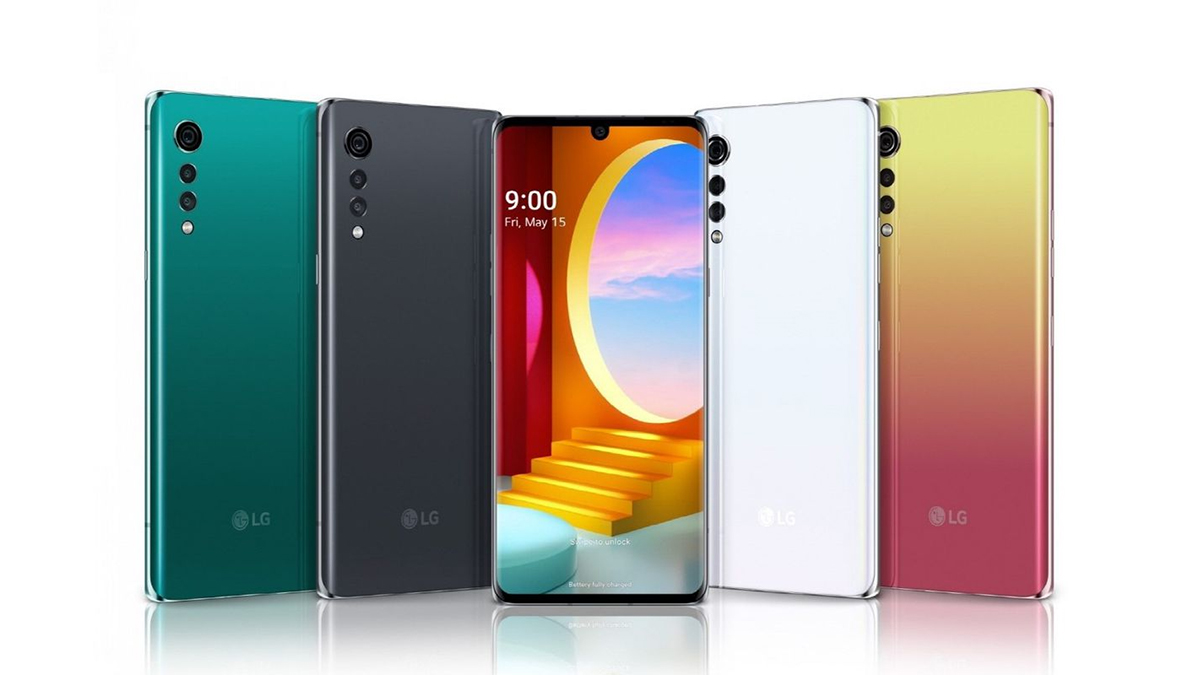
The G series gave way to what we assume would have been the materials series, had it continued: the LG Velvet name was intended to convey quality and style, but overall it didn't quite land, getting 3.5 stars out of 5 in our review.
The phone arrived with Android 10 on board, and packs in a Qualcomm Snapdragon 765G processor, up to 8GB of RAM, and up to 128GB of internal storage. Around the back we've got a triple-lens 48MP+5MP+5MP rear camera, and there's 5G connectivity too.
This is a big phone: the OLED screen is 6.8 inches from corner to corner, running at a resolution of 1080 x 2460 pixels. The LG Velvet was a good phone, like many LG flagships before it, but it wasn't quite good enough.
LG V60 ThinQ (2020)
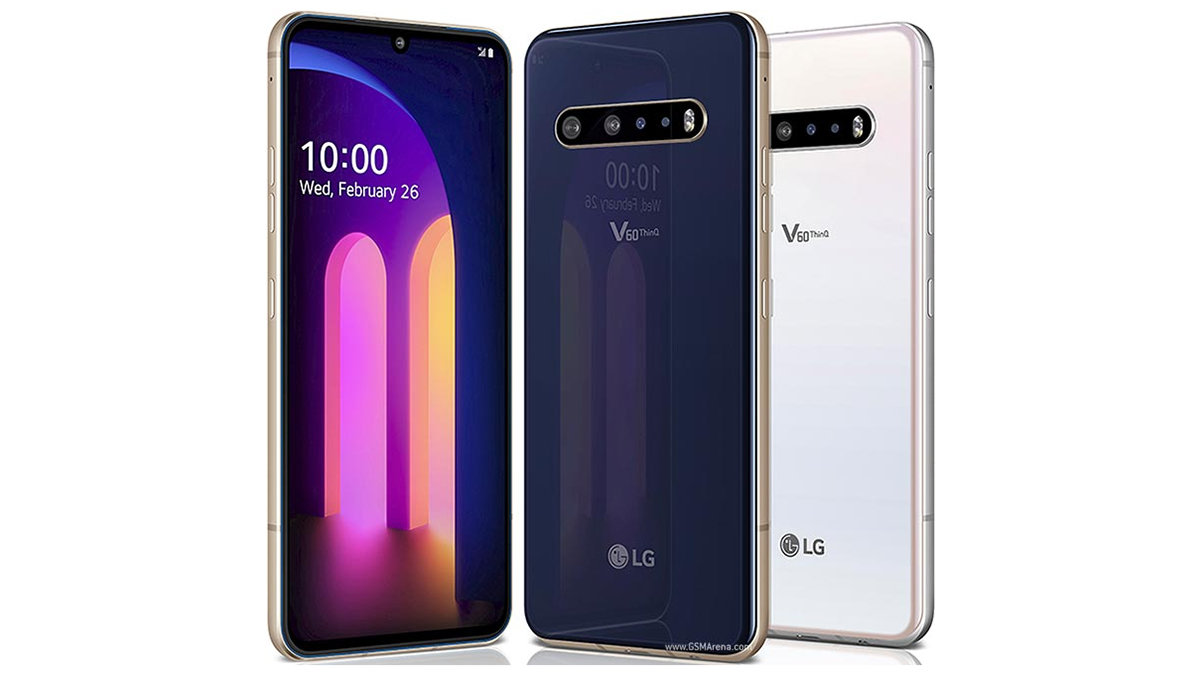
The last of the V series handsets was the LG V60 ThinQ (there's that ThinQ branding again), and it certainly went out on a high in terms of the design and specs – this is a fine-looking, powerful handset, and the dual screen accessory that we first saw with the LG G8X makes a return too.
The screen is a 6.8-inch, 1080 x 2460 pixel OLED affair, while under the hood there's a Snapdragon 865 processor, up to 12GB of RAM, and up to 256GB of internal storage. The rear camera is a triple-lens 64MP+13MP+0.3MP model, and the phone arrived with Android 10 on board too.
In our review we gave it 4 stars out of 5, and called it "the most refined flagship we've seen from LG" – though once again it was "clunkier in execution" than a lot of its rivals, which is a problem that LG ultimately couldn't get over with its smartphones.
LG Wing (2020)
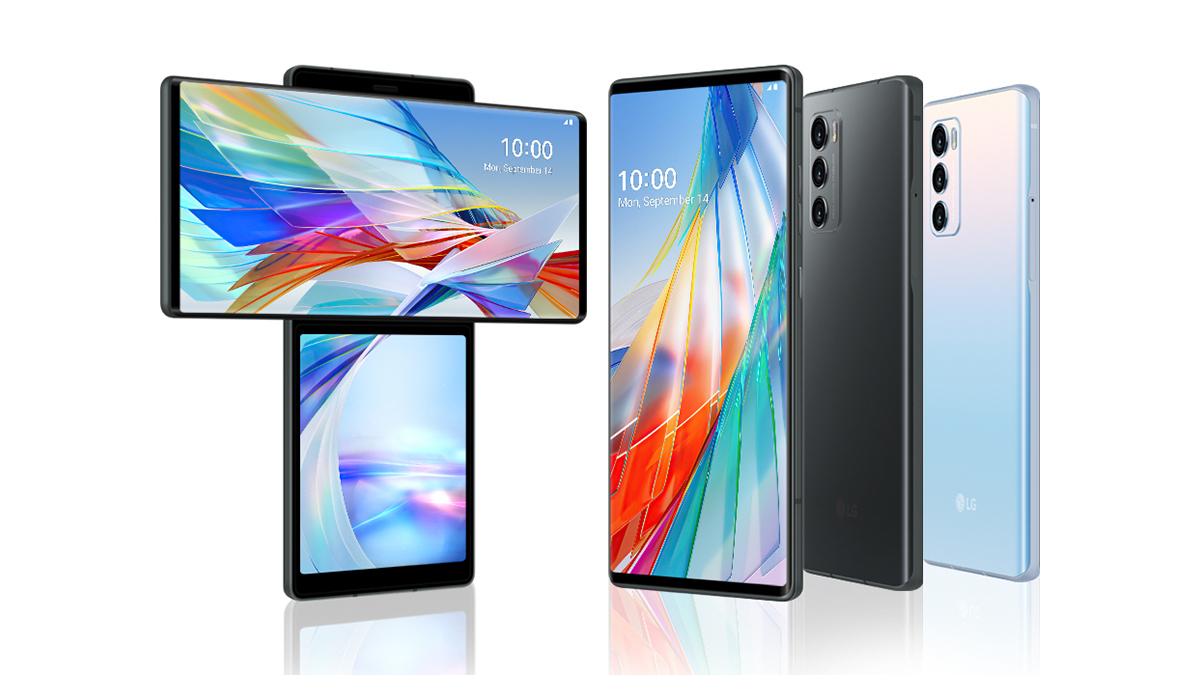
Finally, a mention for the LG Wing – another innovative handset from LG that showed just how good the company was at coming up with ideas for phones that in the end only had limited appeal for consumers.
In our review we gave it 4 out of 5 stars, calling it "a lovely attempt to bring something new and, crucially, more affordable than its folding counterparts" – while at the same time admitting that it wasn't clear who exactly it was for.
The swivel-screen phone has two OLED displays – a 3.9-inch one and a 6.8-inch one – and comes with a Qualcomm Snapdragon 765G processor, 8GB of RAM and up to 256GB of internal storage on board. It debuted with Android 10, and has a triple-lens 64MP+13MP+12MP rear camera on the back.

Dave is a freelance tech journalist who has been writing about gadgets, apps and the web for more than two decades. Based out of Stockport, England, on TechRadar you'll find him covering news, features and reviews, particularly for phones, tablets and wearables. Working to ensure our breaking news coverage is the best in the business over weekends, David also has bylines at Gizmodo, T3, PopSci and a few other places besides, as well as being many years editing the likes of PC Explorer and The Hardware Handbook.